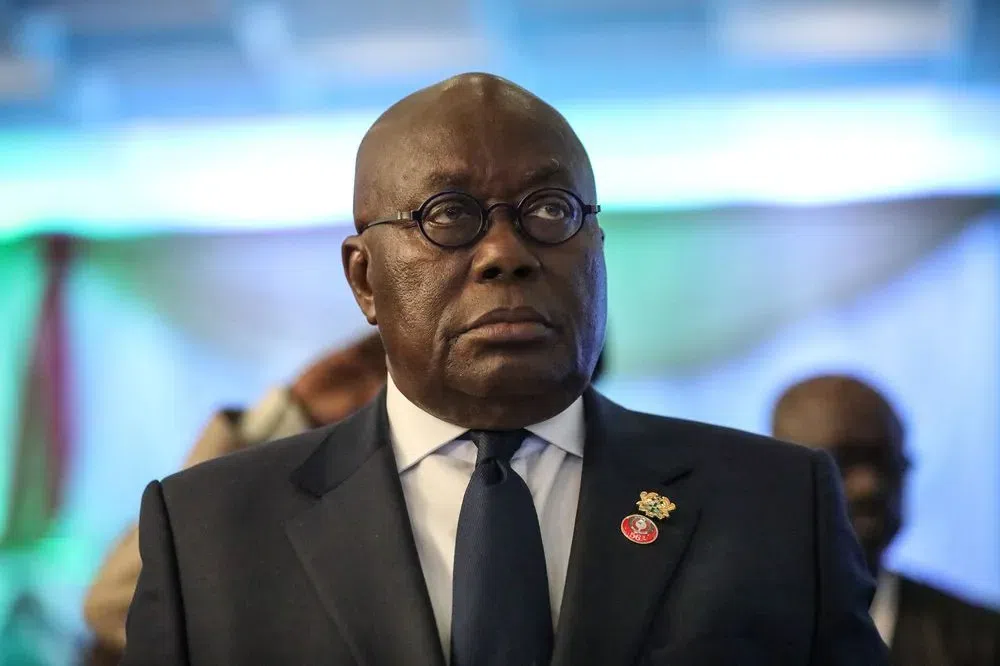
On a crisp autumn morning in Accra, Sarah Duabeng steps onto the bustling sidewalk outside her apartment building. As the newly appointed CEO of a rising tech startup, she takes a moment to straighten her boldly patterned blazer and check her reflection in her phone’s camera. It’s not vanity that drives this ritual, but a keen awareness of the power of image in leadership.
“Every day, I’m not just leading a company,” Sarah muses as she strides towards the subway. “I’m telling a story – about our vision, our values, and the change we want to create in the world. And that story begins the moment people lay eyes on me.”
Sarah’s morning routine is a testament to a growing phenomenon in the business world: image leadership. It’s a concept that goes far beyond the outdated notion of “dressing for success” or cultivating a polished LinkedIn profile. Instead, image leadership is about crafting a holistic, authentic presence that resonates across all aspects of a leader’s life – from the boardroom to social media, and everywhere in between.
But what exactly is image leadership, and why has it become so crucial in today’s world?
To understand this, we need to step back and look at the bigger picture. In an era where information travels at the speed of light and first impressions are often made through screens, the way leaders present themselves has taken on new significance. Image leadership is the art of aligning one’s outward presentation with inner values and vision, creating a consistent and compelling narrative that inspires and influences others.
“It’s like being the author, illustrator, and main character of your own leadership story,” explains Dr. Maya Patel, a professor of organizational behavior at Columbia University. “Every choice you make – from the way you dress to the words you use in a tweet – contributes to that narrative.”


For Sarah Duanbeng, this means carefully considering every aspect of her public persona. Her wardrobe, a mix of classic silhouettes and bold, tech-inspired prints, reflects both her industry and her innovative approach. Her social media presence showcases not just her professional achievements, but also her commitment to mentoring young women in STEM fields.
But image leadership isn’t just about what people see – it’s also about what they feel.
Take the case of Marcus Okafor, the charismatic founder of a successful non-profit organization. Marcus’s image leadership extends far beyond his impeccable suits and engaging TED Talks. It’s in the way he greets every employee by name, the genuine interest he shows in others’ ideas, and the vulnerability he displays when sharing his own struggles and failures.
“People don’t follow an image,” Marcus often says. “They follow a person they trust and believe in. My job is to make sure that every interaction, whether it’s in person or online, reinforces that trust and belief.”
This emotional connection is a key component of effective image leadership. In a world often criticized for its superficiality, leaders who can create genuine, heart-to-heart connections stand out. They understand that their image isn’t just about looking good – it’s about making others feel seen, heard, and valued.
However, the path of image leadership is not without its pitfalls. The line between authenticity and performance can sometimes blur, leading to accusations of inauthenticity or manipulation. Social media, while a powerful tool for image projection, can also be a double-edged sword, amplifying missteps and inviting constant scrutiny.
“The biggest challenge for image leaders is maintaining consistency across all platforms and interactions,” notes Dr. Patel. “One contradictory action or ill-considered tweet can undermine years of careful image building.”
This is a lesson that Jennifer Nkansah, CEO of a major fashion retailer, learned the hard way. Known for her advocacy of sustainable fashion, Jennifer faced a backlash when photos surfaced of her using a private jet for a short trip. The incident sparked a heated debate about the authenticity of her eco-friendly image.
“It was a wake-up call,” Lopez admits. “I realized that image leadership isn’t about perfection – it’s about transparency and accountability. Now, I’m more open about the challenges of balancing business needs with environmental concerns. Paradoxically, acknowledging my struggles has made my leadership image stronger.”
Jennifer’s experience highlights another crucial aspect of image leadership: the ability to evolve and adapt. As societal values shift and new challenges emerge, effective image leaders must be willing to reassess and refine their approach.
This adaptability is perhaps best exemplified by Rama Obeng, a veteran tech executive who successfully transitioned into the world of sustainable energy. Rama’s image evolution – from sharp-suited corporate leader to casually dressed clean-tech advocate – was a carefully orchestrated process that mirrored her internal journey.
“Changing my image wasn’t about putting on a new mask,” Rama explains. “It was about allowing my outer self to reflect the changes happening within. My casual dress code now isn’t a costume – it’s a reflection of the more relaxed, purpose-driven person I’ve become.”
Rama’s transformation underscores a fundamental truth about image leadership: at its core, it must be rooted in authenticity. While the tools and techniques of image projection can be learned, the most powerful leadership images are those that genuinely reflect the individual’s values, passions, and purpose.
So how can aspiring leaders develop their image leadership skills? Experts suggest a multi-faceted approach:
- Self-reflection: Start by gaining a deep understanding of your values, strengths, and goals. Consider how these align with your current image and where adjustments might be needed.
- Seek feedback: Regularly solicit honest input from trusted colleagues, mentors, or coaches. Their perspectives can provide valuable insights into how others perceive you.
- Develop visual literacy: Educate yourself on the principles of visual communication. Understanding color psychology, body language, and effective use of imagery can significantly enhance your image leadership.
- Craft a consistent online presence: In today’s digital age, your online image is often the first (and sometimes only) impression people have of you. Ensure your digital footprint aligns with your desired leadership image.
- Practice storytelling: Hone your ability to communicate through compelling narratives that resonate with your audience and reinforce your leadership image.
- Embrace authenticity: Rather than trying to emulate others, focus on authentically expressing your unique leadership style and values.
- Stay current: Keep abreast of industry trends and societal changes that may impact leadership expectations, and be willing to evolve your image accordingly.
As the sun sets over Accra, Sarah Duabeng wraps up a long day of meetings and strategy sessions. She pauses to post a photo on Instagram – not of the sleek office or the high-powered executives she met with, but of the community coding class she teaches every week in her old neighborhood.
“This is the real me,” she types in the caption. “A leader isn’t just what you see in the boardroom. It’s also what you do when no one’s watching.”
With a smile, she hits ‘post’, adding another brushstroke to the vibrant, complex portrait of her leadership image. In that moment, Sarah embodies the essence of image leadership – a powerful blend of authenticity, strategy, and purpose, painted on the canvas of modern media and human connection.
In a world where perception often shapes reality, mastering the art of image leadership isn’t just an option for those at the top – it’s a crucial skill for anyone aspiring to lead and inspire in the 21st century. By thoughtfully aligning their inner values with their outward projection, leaders can create a powerful, resonant presence that not only captures attention but also catalyzes real change.
As we navigate an increasingly visual and interconnected world, the leaders who will truly make a difference are those who understand that their image is not just a reflection of who they are, but a powerful tool for shaping the world they want to create. In the end, image leadership is about more than looking the part – it’s about embodying the change you wish to see, one authentic interaction at a time.
Are you ready for TRANSFORMATION?
Dzigbordi Kwaku-Dosoo is a Ghanaian multi-disciplinary Business Leader, Entrepreneur,
Consultant, Certified High-Performance Coach (CHPC ) and global Speaker.
) and global Speaker.
She is the Founder and CEO of The DCG Consulting Group.
She is the trusted coach to top executives, managers, teams, and entrepreneurs helping
them reach their highest level of performance through the integration of technical skills
with human (soft)skills for personal development and professional growth, a recipe for
success she has perfected over the years.
Her coaching, seminars and training has helped many organizations and individuals to
transform their image and impact, elevate their engagement and establish networks
leading to improved and inspired teams, growth and productivity.
The post INSIGHTS WITH DZIBORDI K. DOSOO: The art of image leadership; crafting influence in a visual world appeared first on The Business & Financial Times.
Read Full Story




















Facebook
Twitter
Pinterest
Instagram
Google+
YouTube
LinkedIn
RSS